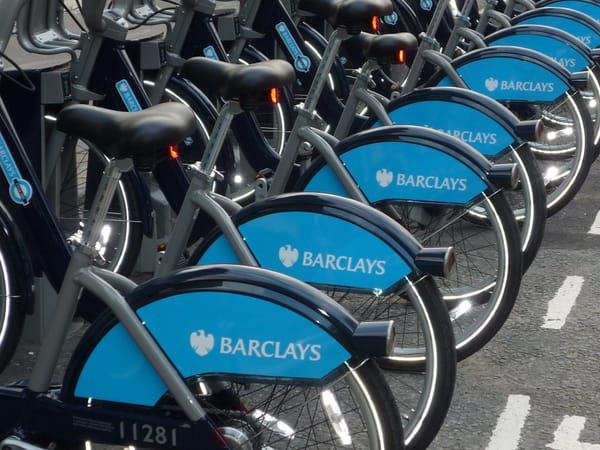On safari: East African delights
Cruising through Tanzania’s national parks in search of big cats
I’ve had the privilege of growing up in East Africa, complete with the staple diet of safaris, beaches, poor roads and corruption. So having been to most national parks and game reserves in Kenya, we finally decided to venture next door to the fellow Swahili-speaking nation that is Tanzania, home of the famous Serengeti National Park. For two neighbouring countries that share the same language and currency, the difference between them is certainly startling: Kenya has long been the commercial and economic hub of East Africa, whereas Tanzania is one of the poorest countries in the world. Tanzania has, however, been spared the internal strife that has blighted many African states. Indeed, the remains of some of the earliest traces of humanity, including the legendary two million-year-old Australopithecus habilis, were found in Tanzania’s Olduvai Gorge, one of the world’s most important paleoanthropological sites. Tanzania is an extremely large country, approximately four times the size of Britain. Our journey began in Kenya’s capital, Nairobi, from where we drove south to the border town Namanga, before crossing the border into Tanzania and stopping in Arusha. From here we finally met our guide and driver, the wonderfully-named Ezekiel Mwanza, who was going to be with us for the duration of the safari. Our first port of call was Lake Manyara National Park, famous for its tree-climbing lions who love nothing more than acacia trees. Unfortunately we didn’t manage to see any, but we were blessed with plenty of other beautiful wildlife. From here we headed to the Ngorongoro Crater, a national park in itself, measuring a whopping 264 square kilometres. Next was a seemingly endless seven hour drive north to Lobo National Park, and finally two days at the Serengeti National Park. Serengeti translates from Maasai as ‘endless plains’, quite an apt name for a park covering 14,750 square kilometres. The Maasai Mara in Kenya and the Serengeti play host to one of the most spectacular events on Earth: the migration of over one-and-a-half-million white-bearded wildebeest and two hundred and fifty thousand zebra, for which numerous Nile crocodile eagerly await in the rivers nearby. The sheer amount of wildlife we saw was staggering. Casually witnessing fourteen sleeping lionesses, sated from their recent meal together, was so special. Leopards are allegedly one of the most elusive of creatures around: not only did we see one, but we saw it casually climbing a tree! It’s an unfortunate truth that the Maasai Mara is now suffering the effects of mass-tourism, in contrast to a trip across the border, where policy is focused on conservation as opposed to profiteering. A trip to Tanzania is very expensive for a foreigner, and the prices don’t even have a concept of a low season. One of the guides remarked that “Tanzania has the better parks, but Kenya has better marketing”. Everyone we met was from mainland Europe. Tanzania has sixteen national parks, 29 game reserves, and 40 controlled conservation areas and marine parks. One of particular note is Gombe National Park, where one can go chimpanzee trekking. All in all, the trip was absolutely fantastic. For those with an inclination to go on a safari anytime soon: head to Tanzania. And swing by Kenya, obviously.








